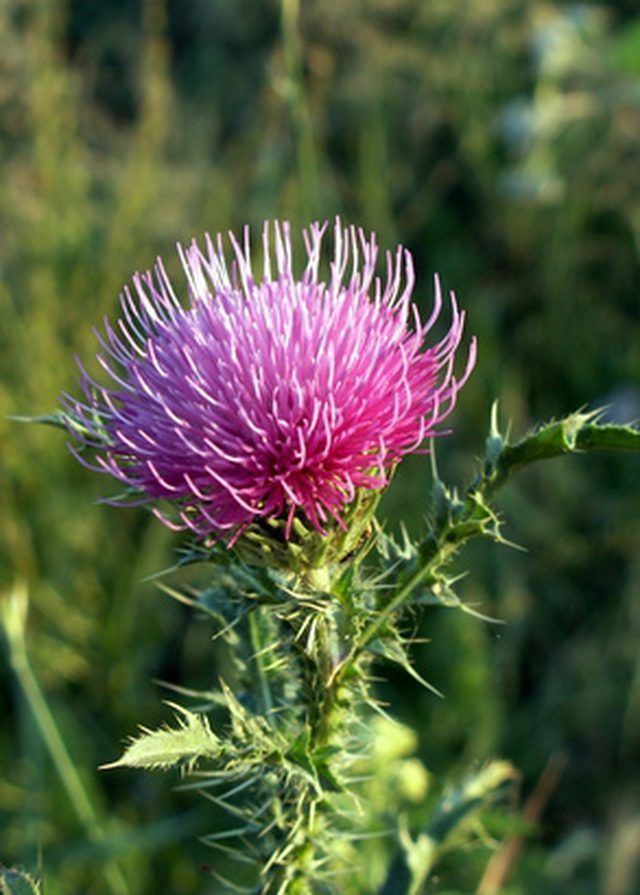Bulbs
Flower Basics
Flower Beds & Specialty Gardens
Flower Garden
Garden Furniture
Garden Gnomes
Garden Seeds
Garden Sheds
Garden Statues
Garden Tools & Supplies
Gardening Basics
Green & Organic
Groundcovers & Vines
Growing Annuals
Growing Basil
Growing Beans
Growing Berries
Growing Blueberries
Growing Cactus
Growing Corn
Growing Cotton
Growing Edibles
Growing Flowers
Growing Garlic
Growing Grapes
Growing Grass
Growing Herbs
Growing Jasmine
Growing Mint
Growing Mushrooms
Orchids
Growing Peanuts
Growing Perennials
Growing Plants
Growing Rosemary
Growing Roses
Growing Strawberries
Growing Sunflowers
Growing Thyme
Growing Tomatoes
Growing Tulips
Growing Vegetables
Herb Basics
Herb Garden
Indoor Growing
Landscaping Basics
Landscaping Patios
Landscaping Plants
Landscaping Shrubs
Landscaping Trees
Landscaping Walks & Pathways
Lawn Basics
Lawn Maintenance
Lawn Mowers
Lawn Ornaments
Lawn Planting
Lawn Tools
Outdoor Growing
Overall Landscape Planning
Pests, Weeds & Problems
Plant Basics
Rock Garden
Rose Garden
Shrubs
Soil
Specialty Gardens
Trees
Vegetable Garden
Yard Maintenance
Thistle Identification
Thistle Identification. To many, thistle is considered an invasive weed. However, not all species of thistle are noxious weeds. Identifying which thistle is growing in your field or yard is the first step to taking control measures.

To many, thistle is considered an invasive weed. However, not all species of thistle are noxious weeds. Identifying which thistle is growing in your field or yard is the first step to taking control measures.
Bull Thistle
Bull thistle, Cirsium vulgare, has long leaves tipped with spines. Hair grows on both sides of the leaves and cobweb-like growth appears at the base of the flowers.
Canada Thistle
A noxious weed, this perennial thistle, Cirsium arvense, grows by seed and runners. The tops of the leaves are smooth and the small, purple-pink flowers grow in clusters.
Musk Thistle
The single, large pink or purple flowers distinguish the musk thistle, Carduus nutans. Glossy leaves have hairs that grow along the main veins. This thistle is also considered a noxious weed.
Scotch Thistle
You can identify the Scotch thistle, Onopordum acanthium, by its hairy, grayish blue foliage. Another noxious thistle, it has large, spiny leaves and flowers, which turn reddish-purple.
Tall Thistle
This thistle, Cirsium altissimum, has pointed leaves with spines growing along the leaf margins. The tops of the leaves are smooth while the bottoms appear white and coated with dense hairs. The flowers are purple to pink.